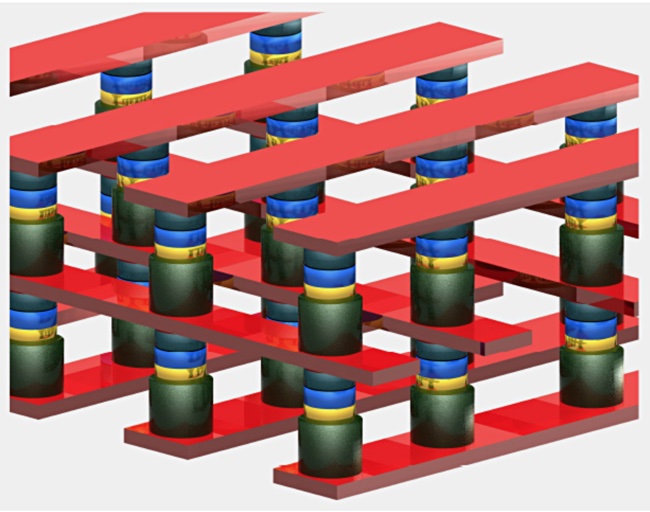Spin Memory, a developer of Magnetic RAM, has raised $8.5m in addition series B funding. This is valued at “the same terms as the last closing in April 2019”, lead investor Allied Minds said in a statement. Spin Memory will use the capital to support its research on MRAM to bring its technology to the market.
Founded in 2007, Spin Memory bagged $52m in B-round funding in 2018, taking total funding before the recent top-up to $158m.
The company announced the funding – but not the amount or terms -earlier this month. CEO Tom Sparkman said: “The additional investment validates the work we’re doing here at Spin Memory and demonstrates the value of our unique MRAM IP offerings – especially during such challenging times. We are proud to be part of the growing MRAM eco-system in both the embedded and stand-alone implementations.”

Allied Minds, which owns 43 % of Spin Memory capital, contributed $4m to this capital raise. Arm, Applied Ventures and Abies Ventures jointly contributed $4.25m.
Allied Minds CEO Joe Pignato issued his own quote: “The additional funding announced today endorses the business’ development and provides additional resources to support its rapid growth.”
He suggests markets such as artificial intelligence, autonomous vehicles, 5G communication and edge computing could use Spin Memory’s technology.
Magnetic RAM
Magnetic RAM is positioned as a replacement for SRAM (Static RAM) used in CPU cache memory.
SRAM is volatile, faster than DRAM and also more expensive. Spin Memory claims SRAM technology is growing its capacity at a falling rate and techniques to reduce SRAM current leakage at transistor and chip level are near exhaustion. As CPUs get more powerful the SRAM caches will be unable to keep pace.
Hence the need for replacement technology. Spin Memory says its Spin Transfer Torque (STT) MRAM, which can be non-volatile, is that replacement.
The company is developing embedded and stand-alone MRAM devices. The embedded product, built with Applied Materials, was meant to be commercially available last year. This background suggests new top-up funding was needed to complete the development and bring the embedded product to market.
Spin Memory’s technology uses less energy than DRAM. It has more than 250 patents, a commercial agreement with Applied Materials, and a licensing agreement with Arm. The company is in the R&D phase for multi-layer and multi-bit cell MRAM. 3D MLC MRAM, which would increase MRAM chip capacity and could function as storage-class memory.

A 2-layer structure could double the existing STT MRAM capacity and a 2-bit MLC cell would double it again. Spin Memory suggests this would have the same density as today’s DRAM.







